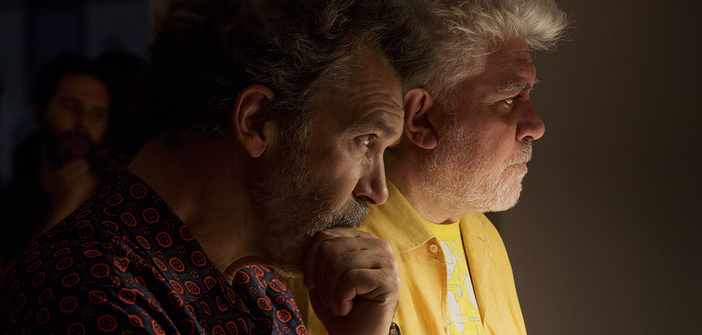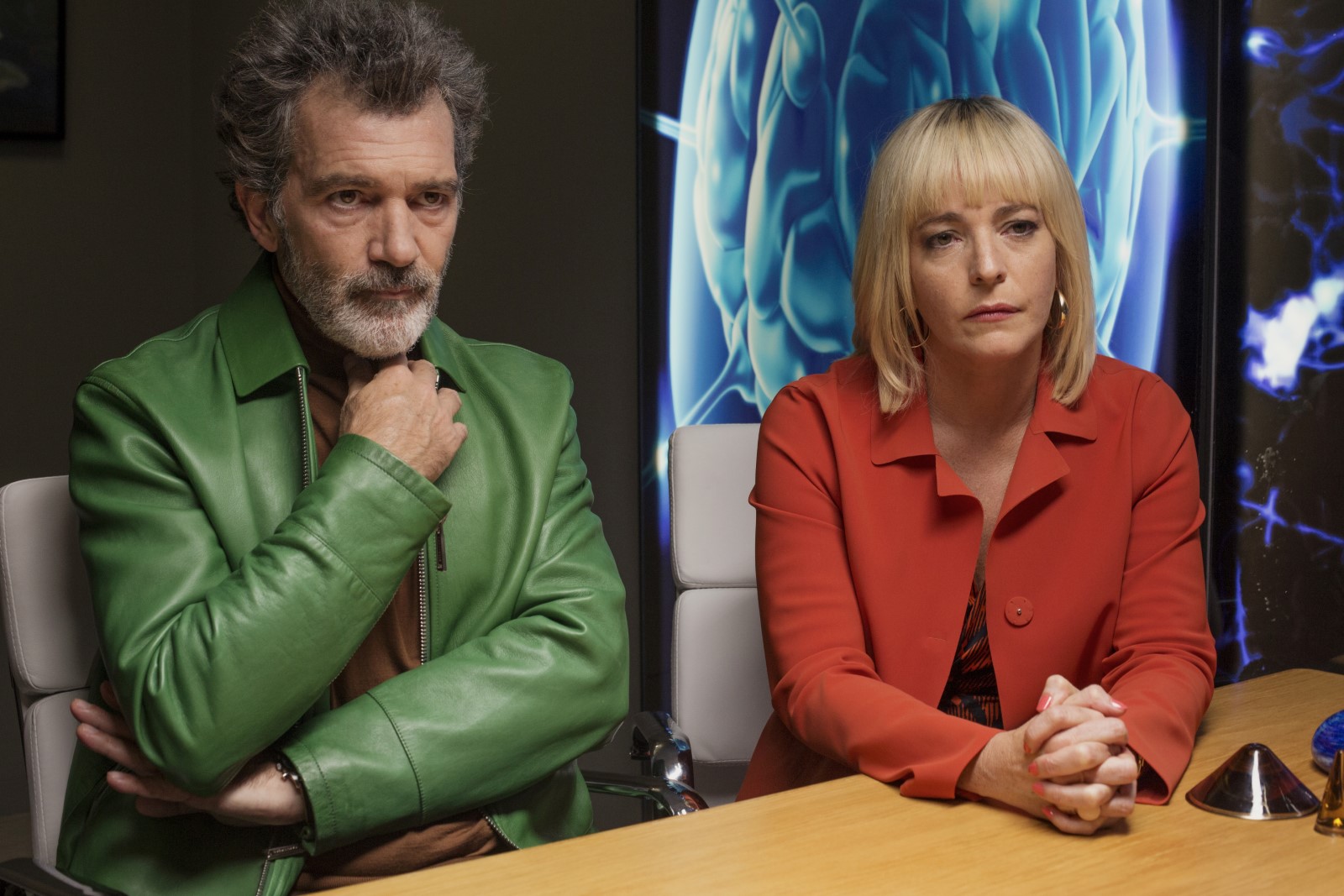The 23rd feature film by the Spanish director is in competition at the 72nd Cannes Film Festival. Released in theaters on May 17, Pain and Glory is an intimate work, filled with gentle emotion. Like a delicate pastry, it is to be savored with gastronomic pleasure.
Salvador Mallo is a seasoned director, plagued by physical and psychological pain that prevents him from filming again. Secluded in his magnificent apartment in Madrid, the character gradually reconnects with fragments of a past, sometimes through real reunions, sometimes through daydreams and memorial strolls. Antonio Banderas, Almodovar’s favored actor, plays this role with great ease, and perhaps he was the only one who could truly own it.
We have known for a long time that Pedro Almodóvar regularly depicts elements of his own life on screen. Here, the viewer enters the intimate sphere of the director, starting with his apartment, a faithful reproduction of Almodóvar’s real-life one. The costumes, the haircut, and even certain memories are animated and guided by the filmmaker’s presence.
Almodóvar’s Madeleine
Although the film is described as a drama, the usual codes are overturned from the introduction, where Salvador’s ailments are listed like a somewhat quirky scientific presentation. The effect is very surprising for the viewer, who is accustomed to discovering a character’s flaws gradually as the narrative progresses. The sufferings are presented with great sincerity: back pain, migraines, anxiety torment the director daily, despite his strong will to forget them.
The benevolent oxymoron to pain is embodied in glory, past and present, and in the individuals crossing Salvador’s path. Alberto Crespo (Asier Etxeandia), the former friend and actor found at the beginning of the film, introduces the filmmaker to the addictive world of drugs, if only temporarily. Mercedes (Nora Navas) manages Salvador’s public life and worries about his fragile health. Jacinta (Penelope Cruz), the mother reappearing in memories, who advises, raises, and guilts her son. Each character is the trigger, the disappointment, and the indelible mark. The rediscovered lover, the lost friend, the women and the inspiration. Love, too, always hovering somewhere in the museum-like apartment, full of colors and paintings.
Colorimetry is a crucial element of the feature film. Red, green, yellow, and blue are the dominant hues and are reflected everywhere. The costumes, the furniture, the walls. This choice gives a warm tone, a soothing shade rarely contradicted by a few scenes where slight aggressiveness rises. Visually, everything is well-balanced, like in a painting or in the enchanting music of Alberto Iglesias.
Pain and Glory is a film of immense gentleness. It elicits a slow but consistent emotion throughout its entirety, where we are accustomed to peaks and declines. The emotion is monotonous yet so skillfully simple that it immerses us in a cottony universe that remains deeply human. When inspiration resurfaces through the “birth of desire” in Salvador, the viewer can finally emerge from their long breath-holding. Surely one of Pedro Almodóvar’s most beautiful works.





